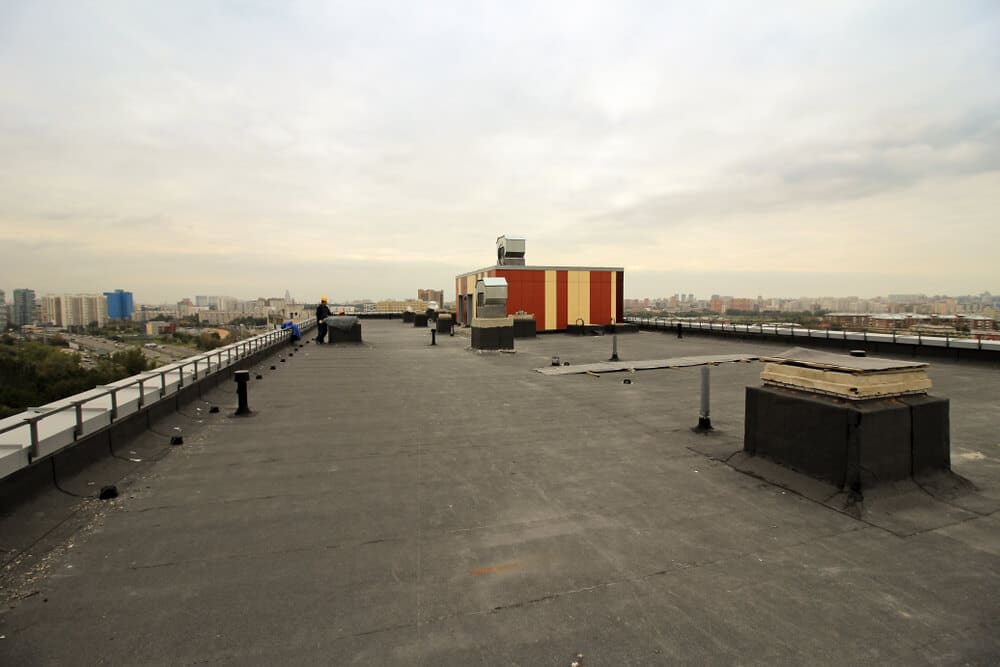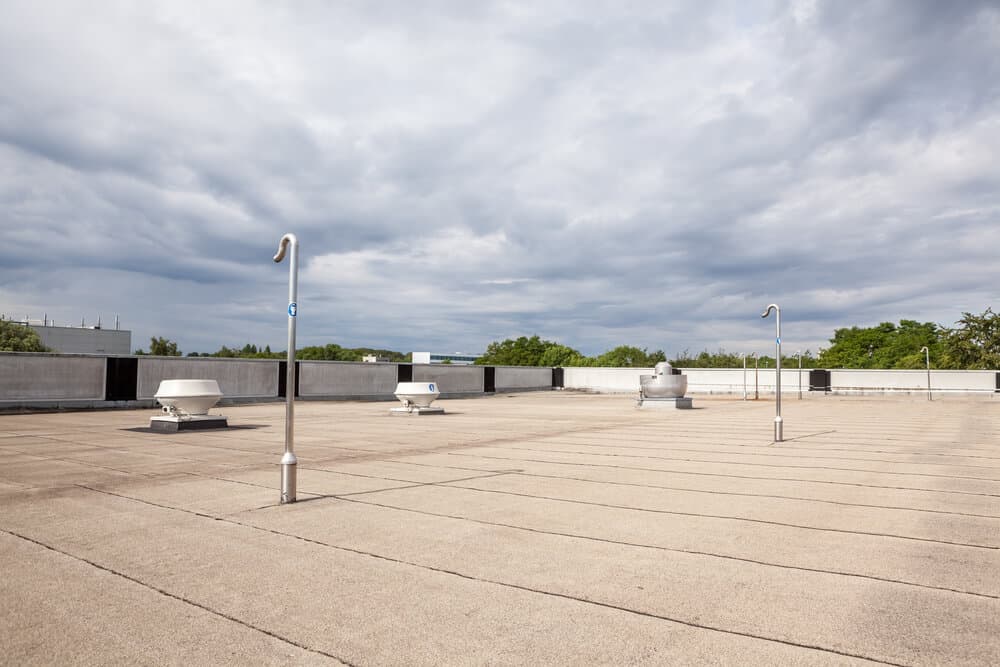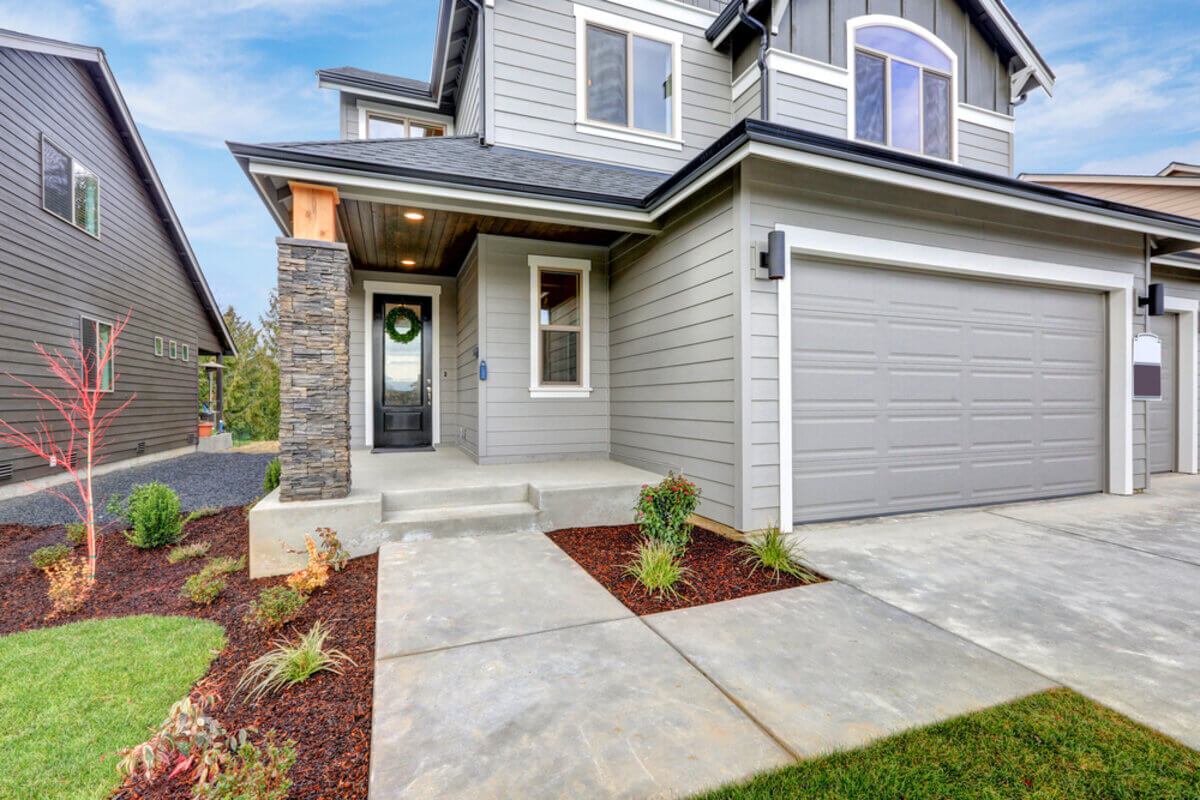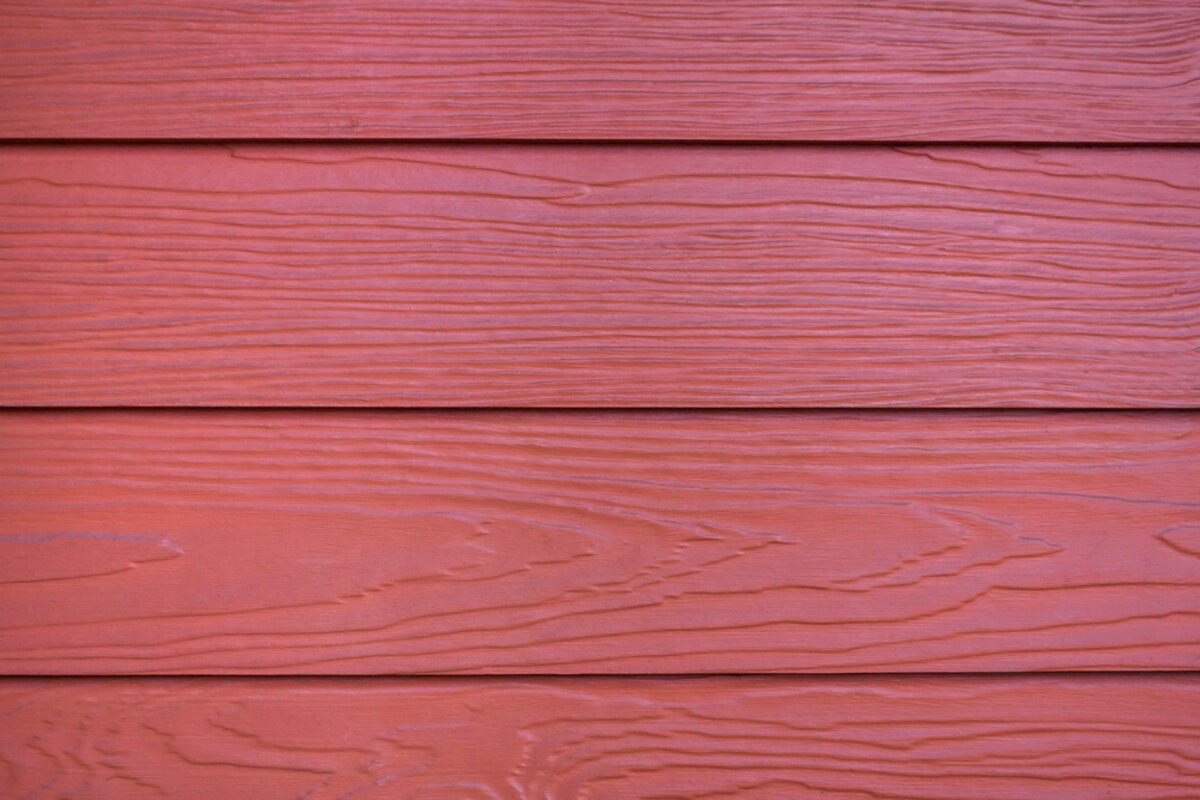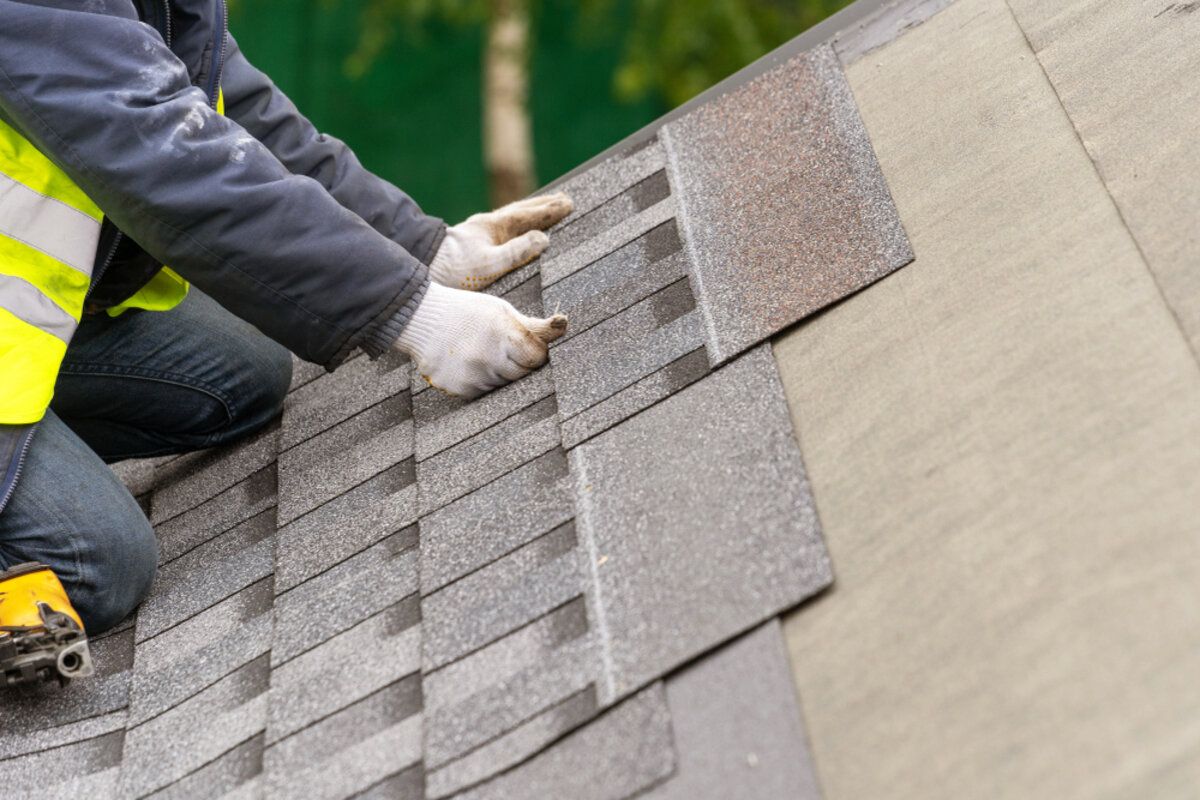The roof is one of the most critical parts of any building. Most roofs are at an angle and have some degree of pitch. The one exception to this rule is commercial roofs, which are often flat. Why do commercial buildings have flat roofs, but most residential buildings don’t?
This question is a good one, and it is vital to understand this critical design feature if you are considering building a commercial building. Here, you can learn everything you need about commercial roofs, why they are flat, and some of the drawbacks of flat commercial roofs.
Why Do Businesses Have Flat Roofs?
There are several reasons why commercial buildings have flat roofs. These benefits are unique to commercial roofs.
Cost-Effective
The primary reason why commercial buildings have flat roofs is that they are cost-effective. Flat roofs require fewer building materials than angled roofs. Additionally, most commercial buildings use simple and affordable roofing materials. This combination makes them far less expensive than traditional pitched roofs.
Space for Storing Equipment
One of the secondary benefits of flat commercial roofs is storage space. Commercial buildings often need equipment to power machinery, keep employees comfortable, or meet other specific requirements of that business.
Space is a valuable commodity and can cost a business a significant amount of money if space is not optimized. Roof storage allows companies to save money on space while still having access to the equipment needed to keep the business running.
Easy Access
Why do commercial buildings have flat roofs if residential ones have slanted roofs? Roof access is essential on commercial buildings, more so than roof access for homeowners.
If you need to make repairs, access the machinery on the roof, or check for storm damage, workers have to be able to walk around and inspect the roof. This type of access is challenging on a pitched roof. Not only is it difficult to get around on a pitched roof, but it is also dangerous.
Flat commercial roofs are easy to access and inspect. They are also much safer for the employees/technicians doing the work.
Faster to Install
In business, time is money. Each hour that a business is not running, it is losing money. Due to their design and lack of pitch, flat roofs are much faster to install and repair. This combination is a winning one and a great reason why businesses have flat roofs.
A business can construct the building it needs in less time and make any necessary repairs quickly. As a result, a company can minimize downtime, save money, and increase profits.
More Durable
Why do businesses have flat roofs? Another money-saving aspect of flat roofs is that they are more durable. Since flat roofs take up less space, less area receives exposure from the elements.
Additionally, since there are no high points, leaks are less catastrophic and tend to be localized and easily repaired. The materials used on commercial buildings are far more durable than asphalt shingles or metal roofs.
Additionally, since commercial roofs are not meant to be aesthetic and are often unseen, you can build them with durable materials like rubber, PVC, and other cost-effective materials. Using highly durable roofing materials means businesses have to pay less for repairs in the long run.
More Versatile
Another reason why commercial buildings have flat roofs is versatility. Many businesses rent their space from a landlord. When the landlord builds the commercial building, they have no idea what time of business will be renting the space.
The flat roof design allows whoever rents the facility to quickly and easily adapt without requiring significant changes or upgrades.
Drawbacks of Having a Flat Roof
Despite the many advantages of a flat roof, there are some drawbacks to this type of design.
Poor Drainage
One of the most significant disadvantages of a flat roof is poor drainage. Water can pool and collect on the roof without a pitch since it will not naturally drain away. Pooling water can cause tremendous amounts of damage to a building should a leak occur.
Poor drainage is one of the primary reasons many people use heavy-duty waterproofing materials to make commercial buildings. Additionally, poor drainage requires the installation of pumps and other drainage methods to ensure the water does not stay on the roof.
It is also a good idea to have regular inspections if you live in a rainy location. Otherwise, you run the risk of water damage and potentially catastrophic leaks.
Build-Up of Debris
Another drawback of flat roofs is the potential buildup of debris. Gravity will cause debris to roll down and off the roof when debris falls on a pitched top. The chances of a significant amount of garbage building up are low.
The opposite is valid on a flat roof. Since there is no pitch, it is easy for debris to build up over time. Waste can include tree branches, leaves, dirt, rocks, and other materials. If you do not remove the trash, it can cause structural damage to the building and potentially cause the roof to collapse.
To avoid this, you must regularly inspect a flat roof and remove any collecting debris.
Less Space for Insulation
One of the shortcomings of flat roofs that many people often overlook is the lack of space for insulation. In warm-weather locations, this is not an issue. However, if the commercial building is in a place that experiences low temperatures, the lack of insulation can cause serious problems.
The solutions to this are to either build a crawl space, which can be expensive, or add additional exterior insulating materials. Both of these solutions will increase the cost of the building and the commercial roof.
Flat Roof Maintenance Tips
If you own or rent a commercial building with a flat roof, you should make regular inspections to check for pooling water or debris buildup. With routine inspection and maintenance, you can manage these inconveniences and prevent them from becoming a more significant problem.
Flat Roofs Are the Solution for Commercial Buildings
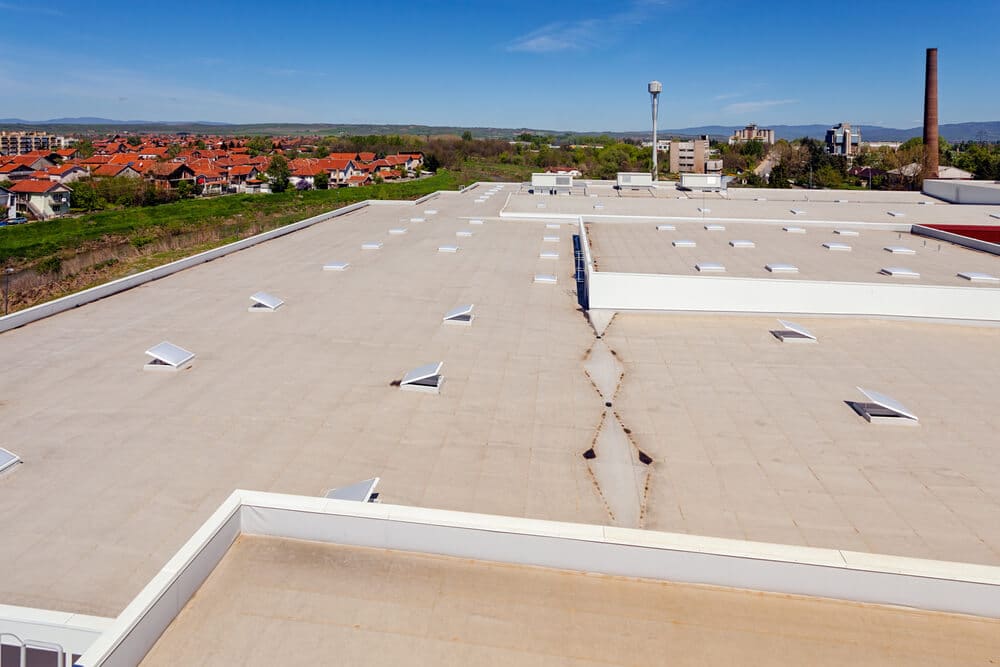
Why do commercial buildings have flat roofs? The flat roof design is cost-effective and allows for maximum flexibility. As long as you know the pros and cons of the flat roof design, you can build or use a flat-roofed commercial building to your advantage.
If you have questions about flat roofs for commercial buildings, our experts at Perfect Exteriors can help you. Contact us today to learn more and discover what kind of roof will be perfect for you and your business.

